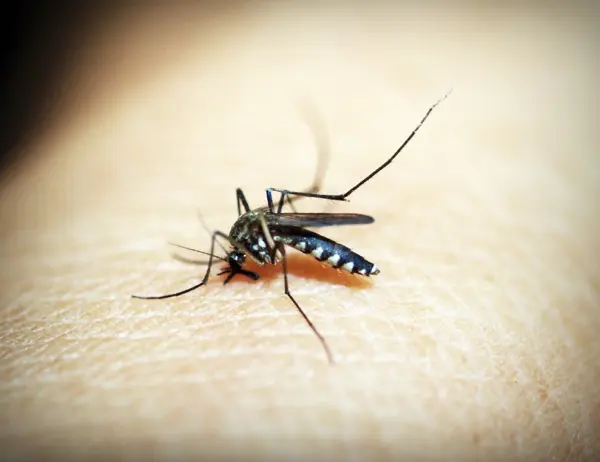The monsoon season in Phoenix is a dramatic time of year. Residents welcome heavy rains and cooler evenings after dealing with the scorching summer heat. But mosquito populations also increase once the storms pass. This can be frustrating, as outdoor spaces become less enjoyable due to the constant buzzing and biting. Thankfully, there are Local mosquito experts in Phoenix you can count on whenever you deal with mosquitoes.
The link between the monsoon season and an increase in mosquitoes comes down to water. Phoenix is usually dry, so heavy summer rains change the environment. Rainwater collects in low spots, drains and puddles around homes. Mosquitoes need standing water to lay their eggs. After monsoons, the sudden abundance of breeding sites allows mosquito populations to grow. So, how does the monsoon season affect mosquito activity?
Warm Temperatures Speed Up Mosquito Life Cycles
Daytime temperatures in Phoenix remain high enough to speed up mosquito development. Warmth allows mosquito larvae to grow faster, turning into adults in as little as 7–10 days. Mosquito populations can explode in a short time when this rapid growth is combined with the new standing water left by monsoon rains.
The Role of Humidity in Mosquito Activity
Phoenix is known for its dry air, but monsoon season changes this. The storms bring a burst of humidity, which mosquitoes love. Higher humidity helps them survive longer and keeps them more active. This increases the risk of mosquito encounters more times of the day.
Health Risks From Post-Monsoon Mosquitoes
Some species of mosquitoes in Arizona can spread diseases such as West Nile virus and St. Louis encephalitis. These illnesses can be serious or life-threatening. The presence of more mosquitoes after the monsoon season increases the chance of coming into contact with an infected mosquito.
Why You May See More Mosquitoes Indoors
Post-monsoon mosquitoes can easily slip into homes through open doors, torn screens, or gaps in windows. They may hide in darker, cooler areas during the day, making elimination difficult. Leaving windows open during the cooler evenings can be tempting after the hot summer months, but you might invite the pests in without properly working screens.
How to Reduce Mosquito Breeding Sites After Monsoons
Homeowners can control mosquito populations after the monsoon season by removing standing water. They can check spots such as birdbaths, plant saucers, and unused kiddie pools. Also, clogged gutters and empty pots outside can be breeding grounds for mosquitoes. Changing water in pet bowls and birdbaths every few days also helps break the mosquito life cycle.
Mosquitoes can still be a problem even with good prevention. This is possible in neighborhoods with a lot of vegetation or shared outdoor spaces. Fortunately, Green Mango Pest Control offers targeted mosquito control services that address breeding areas and reduce adult mosquito populations. Their treatments are designed for the desert environment.
Creating a Mosquito-Unfriendly Yard
Mosquitoes are drawn to shaded, humid areas where they can rest during the heat of the day. Thus, trimming back overgrown bushes, tall grass, and low tree branches can help reduce their hiding spots. Keep your lawn well-maintained, and clear away any yard debris that can trap moisture. If you have outdoor seating areas, consider adding fans. Mosquitoes are weak fliers, so they avoid breezy conditions.
In addition, you can discourage mosquitoes by being smart with your outdoor lighting and landscaping choices. Swap standard white outdoor bulbs for yellow bug lights. These lights are less likely to attract insects at night. Planting mosquito-repelling plants like citronella, lavender, or marigolds around patios can add a layer of natural protection. For an extra measure of defense, work with Green Mango Pest Control to treat their yards.


Comments are closed.